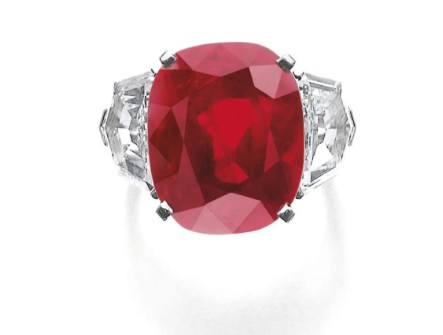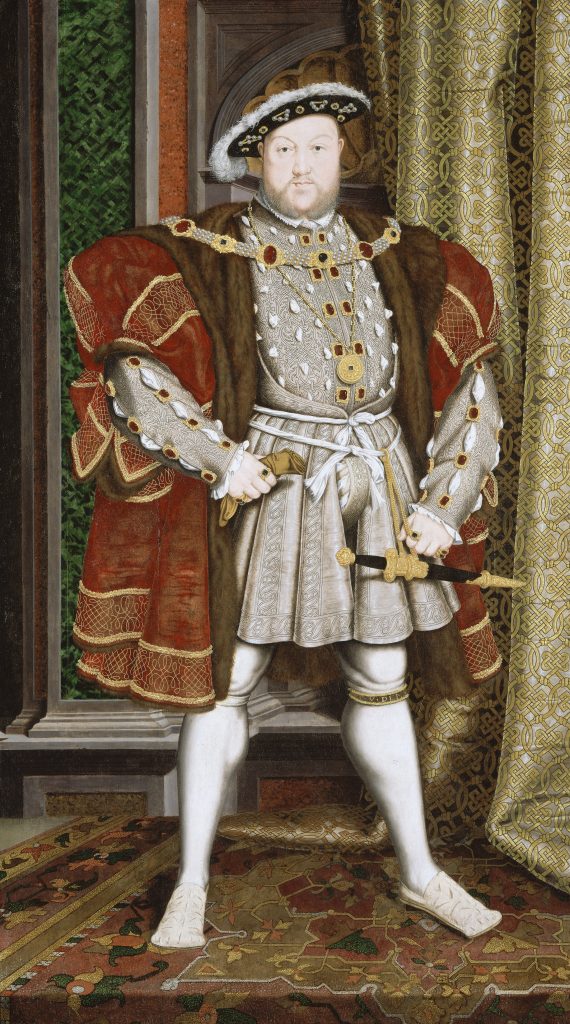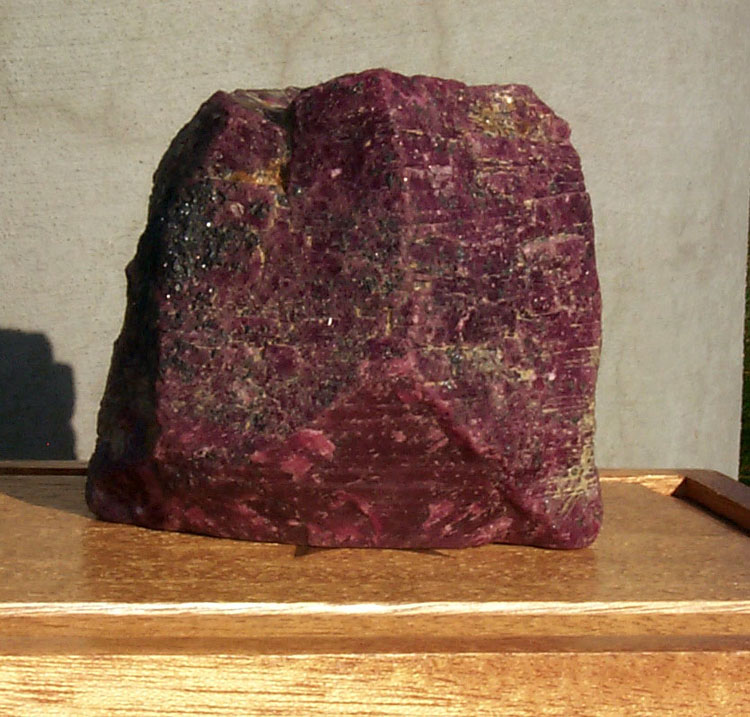Ten things you never knew about rubies
This July birthstone has been adored for thousands of years, especially across large parts of Asia, however, the unique formation of rubies is said to have begun over 50 million years ago.
Finding ruby deposits today is no easy feat, but historically, most deposits have been discovered in countries such as Myanmar, Sri Lanka, Afghanistan, Cambodia and Thailand.
We know the Ruby is rich in history with deep red (or pinkish red) hues and a rather alluring sparkle, however, we’re here to tell you a thing or two about rubies that you may not already know, so let’s get started!
1. A stone of protection and peaceful living
This blood-coloured stone once had mystical powers. In the Middle Ages, Chinese noblemen wore this gem proudly on their armour to welcome protection and strength.
Fast forward to the release of The Wizard of Oz in 1939, and that point was still being made. Dorothy’s ruby slippers protected her from evil, especially The Wicked Witch, who was willing to kill for them – and that brings us nicely onto our next point.






Ruby Oval & Round Brilliant Cut Diamond Ring
A charming ruby and diamond ring. The 1.80ct ruby oval centre is framed by a cluster of sparkling round brilliant cut diamonds.
2. The DeLong Star Ruby: A 100.32-Carat Gem That Shines with a 6-Rayed Star
You’re probably wondering what the ultimate ruby stone is, but the answer will depend on what you would define as a ‘perfect’ ruby.
That said, it’s widely recognised that the DeLong Star Ruby, a 100.32-carat (20.064 g) oval cabochon star ruby comes up trumps, and is the most famous by a country mile. Discovered in Burma in the 1930s, it now lives at the Museum of Natural History in New York City, whilst its name comes from Edith Haggin de Long, who bought the stone in 1937 from Martin Leo Ehrmann, the renowned gem and mineral collector and dealer.
3. The Ruby's Chromatic Makeup: Red, Pink, or Purple?
When even a hint of chromium graces the crystalline form of aluminium oxide known as corundum, the result is a delicate shade of pink.
Yet, to ascend to the coveted status of a genuine ‘ruby’, the gem must boast a greater concentration of chromium, unveiling its unmistakable armour of vibrant red or a plush purplish hue.
4. Rubies can be found in the foundations of buildings
While bricks and mortar create the structure of a home, the idea of embedding rubies into its foundations may sound wasteful, to say the least.
That said, some people choose to bury a ruby beneath their home’s foundation to tap into the ruby’s protective powers, bringing luck, fortune and security to your family.


Ruby Pear Shape & Diamond Double Halo Pendant Necklace
A beautiful pendant with a 0.70ct natural pear shape runy in the centre surrounded by double halo round brilliant cut diamonds which total 0.25ct.
5. Sold to the highest bidder, for $30 million!
A Burmese gem called the Sunrise Ruby has sold for a record auction price of US$30.3 million at Sotheby's Geneva. Set in a platinum ring with diamonds, the winning bid set a world record for any ruby. Known as a ‘pigeon’s blood’ ruby due to its mesmerising hue, it became the highest-priced gemstone ever associated with Cartier.

6. Their strength is surreal
Rubies are extremely strong and rank 9 on the Mohs scale of hardness.
They are as resilient as sapphires and only slightly softer than diamonds, meaning they are among the toughest and most enduring gemstones known to mankind. Only diamonds and a few other manufactured abrasives are harder.
Ruby Jewellery by Diamond Rocks
7. Once known to the world as “king of precious stones”
In the ancient language of Sanskrit, the ruby was titled “ratnaraj” meaning “king of precious stones”.
The shimmer of red fluorescence in fine rubies intensifies in sunlight, and this majestic appearance led rubies to be associated with passion, love, beauty and wisdom.
8. Henry VIII was a big Ruby fan
Recognised as the gemstone of nobles, rubies were highly prevalent at court during the Renaissance period, and Henry VIII was a huge admirer.
Think back to his famous portrait by Hans Holbein and you’ll see a necklace adorned with deep red rubies. It’s said that royalty and nobles favoured rubies because of their natural beauty, but the stones also symbolised powerful emotions and affection.

9.The cursed Black Prince's Ruby is not actually a ruby
There are plenty of stories about rubies and their protective powers, but that certainly was not the case when a red gem found its way into the possession of the Black Prince: Edward, the Prince of Wales (whose name was a result of his preference for black armour).
It’s said that the gem was a gift from Don Pedro, the King of Castile, after the Battle of Najera in 1367. The fact remains, the Black Prince's Ruby is not actually a ruby; it is a 170-carat cabochon red spinel, and it’s said to carry a curse, bringing misfortune and death to those who owned it.
10. The Liberty Bell Ruby Remains the Largest
The largest ruby recorded to date is the 125West Ruby. At first glance, this unpolished and rather rough-cut gemstone doesn’t have the sparkle we’ve all come to expect from a stunning Ruby, but you can’t deny its sheer weight and size.
It is said to weigh four pounds, is eight and a half thousand carats (8,500), and has actually been elegantly sculpted into a miniature form of the Liberty Bell. With 50 diamonds set in the stone, it is valued at over $2 million.

Credit: 125westruby.com
We hope you've enjoyed this journey through the fascinating world of rubies, where fact and folklore intertwine to create a tapestry of intrigue and beauty.
Here at Diamond Rocks, we have many gorgeous ruby engagement rings, bracelets, earrings and necklaces available. Our team of experts can help you discover the perfect ruby ring or jewellery piece to adorn yourself or a loved one, helping you select the perfect gem that not only captures your eye but expresses your personality.
Read more in our article dedicated to the ruby gemstone and in the GIA Gem Encyclopedia. You can also view and print our Ruby factsheet.







































